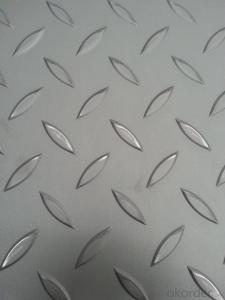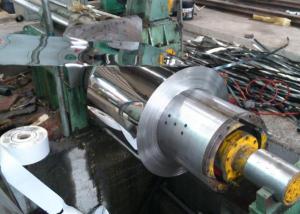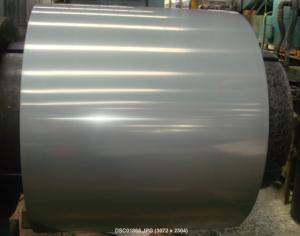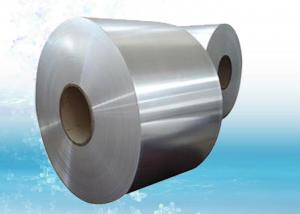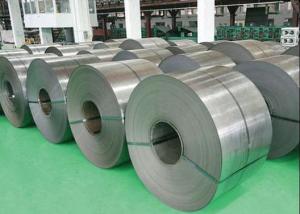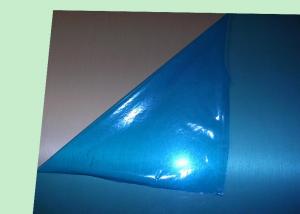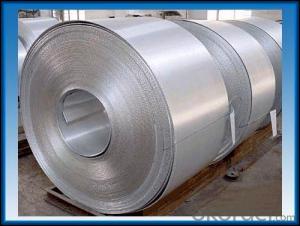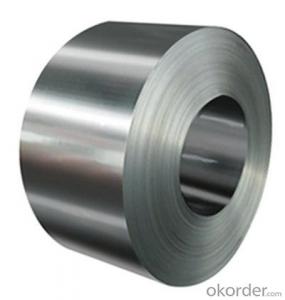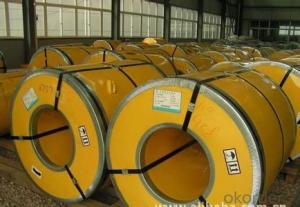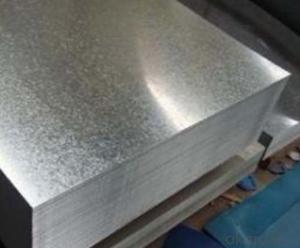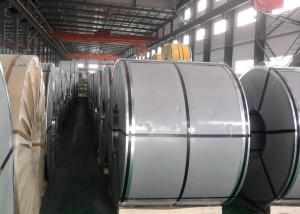304 2B diamond plate sheets stainless steel
- Loading Port:
- Shanghai
- Payment Terms:
- TT OR LC
- Min Order Qty:
- 50 m.t.
- Supply Capability:
- 10000 m.t./month
OKorder Service Pledge
OKorder Financial Service
You Might Also Like
Stainless Checker Plate 2B Finish diamond plate sheets stainless steel
Item | Checker Plate, Diamond Plate, Stamped Plate Stainless |
| Material | 201.202. 304. 304l.316/316l, 310/310s/ 309s, 410.420.430 ,2205. |
Thick | 0.5mm - 100mm |
Wide | 1M, 1.22M, 1.5M, |
Long | 2M, 2.44M, 3M, 6M |
Technic | Cold Rolled, Hot Rolled |
Surface | 2B, BA, NO.4, Hairline, No.1, 8K (mirror) |
Standard | AISI, ASTM, DIN, EN, GB, JIS |
MOQ | 500 KGS |
Payment Term | TT, L/C at sight. |
Delivery Time | 30 days |
Delivery Term | FOB, CIF, CNF. |
Loading Port | Shanghai |
Packing Method | Each with PVC protective film , Packed with durable paper |
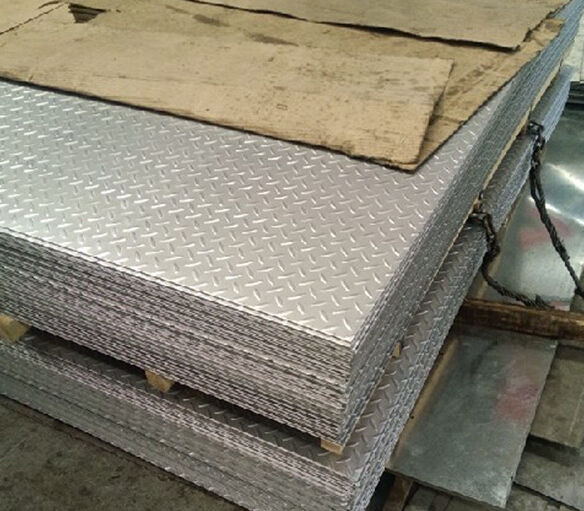
Chemical Composition
C | Si | Mn | Cr | Ni | S | P | Mo | |
304 | ≤0.08 | ≤0.075 | ≤2.0 | 18.0--20.0 | 8.0--11.0 | ≤ 0.03 | ≤0.04 | ----- |
- Q: What is the minimum order quantity for stainless steel strips?
- The supplier or manufacturer may have different minimum order quantities for stainless steel strips. Typically, these quantities can range from a few hundred kilograms to several tons. It is worth mentioning that various factors, including production capacity, material availability, and cost-effectiveness, influence the determination of the minimum order quantity for both the buyer and the supplier. Consequently, it is advisable to reach out to individual suppliers or manufacturers for information regarding their specific minimum order quantity for stainless steel strips.
- Q: What's the difference between stainless steel coil and stainless steel plate?
- Because of the difference in the chemical composition of the two, and make their corrosion resistance is different, ordinary stainless steel is generally not resistant to chemical medium corrosion, and acid resistant steel are generally stainless steel.
- Q: What are the recommended precautions for welding 111 stainless steel strips?
- When welding 111 stainless steel strips, it is recommended to take certain precautions. These include wearing appropriate personal protective equipment (PPE) such as a welding helmet, gloves, and protective clothing to shield from sparks and UV radiation. Adequate ventilation is also crucial to ensure proper air circulation and prevent the inhalation of welding fumes. Additionally, ensuring the work area is free from flammable materials and having a fire extinguisher nearby is essential. Lastly, following proper welding techniques, such as maintaining the correct temperature and using the appropriate welding rod or wire, is vital to achieve high-quality welds on 111 stainless steel strips.
- Q: Can stainless steel strips be used in packaging machinery?
- Yes, stainless steel strips can be used in packaging machinery. Stainless steel is a versatile and durable material that is commonly used in machinery and equipment, including packaging machinery. It offers excellent resistance to corrosion, high temperature, and wear, making it suitable for various packaging applications. Stainless steel strips can be used in packaging machinery for tasks such as cutting, sealing, and forming packaging materials. Additionally, stainless steel's smooth surface and easy-to-clean properties make it an ideal choice for maintaining hygiene and preventing contamination in the packaging process. Overall, stainless steel strips are a reliable and efficient option for use in packaging machinery.
- Q: How do stainless steel strips handle exposure to alkalis?
- Stainless steel strips are highly resistant to alkalis and can handle exposure to them quite well. The composition of stainless steel, with a high chromium content, forms a protective layer on the surface that prevents corrosion and chemical reactions with alkalis. This makes stainless steel strips a reliable choice for applications that involve contact with alkalis, as they can withstand and endure such exposure without significant damage.
- Q: Can stainless steel strips be used for jewelry findings?
- Jewelry findings can indeed utilize stainless steel strips. The widespread preference for stainless steel as a jewelry finding can be attributed to its durability, resistance to corrosion, and affordability. It proves to be a suitable material for various kinds of jewelry findings, including clasps, jump rings, chain links, and earring hooks. Stainless steel strips can be effortlessly manipulated, cut, and polished to produce diverse jewelry components. Additionally, they are accessible in multiple finishes, such as polished, brushed, or matte, thereby offering an extensive array of options for jewelry makers. Moreover, stainless steel jewelry findings are hypoallergenic, rendering them appropriate for individuals with sensitive skin or allergies to other metals. All in all, stainless steel strips represent a versatile and pragmatic choice for jewelry findings.
- Q: What are the common uses of stainless steel strips in the oil refining process?
- Stainless steel strips have several common uses in the oil refining process. Firstly, they are commonly used in the construction of storage tanks and pipelines. Stainless steel is highly resistant to corrosion and can withstand the harsh conditions and corrosive substances found in oil refining. This makes it ideal for ensuring the integrity and longevity of storage tanks and pipelines that transport crude oil and refined products. Additionally, stainless steel strips are often used in the fabrication of heat exchangers and condensers. These components play a crucial role in the oil refining process by transferring heat and facilitating the condensation of certain substances. Stainless steel's excellent heat resistance and thermal conductivity make it suitable for these applications, ensuring efficient and reliable operation. Moreover, stainless steel strips are utilized in the production of various types of equipment used in oil refining, such as pumps, valves, and fittings. These components need to withstand high pressures, temperatures, and aggressive chemicals. Stainless steel's strength, durability, and resistance to corrosion make it an ideal material for such equipment, ensuring safe and efficient operation in the oil refining process. In summary, stainless steel strips find common uses in the oil refining process for constructing storage tanks and pipelines, fabricating heat exchangers and condensers, and manufacturing equipment such as pumps, valves, and fittings. Its corrosion resistance, heat resistance, and strength make it an essential material for ensuring the reliability, efficiency, and safety of the oil refining industry.
- Q: Are stainless steel strips resistant to impact and vibration?
- Yes, stainless steel strips are generally resistant to impact and vibration. Stainless steel is known for its strength and durability, making it highly resistant to impacts and vibrations. It is commonly used in various industries where these properties are important, such as construction, automotive, and aerospace. Stainless steel strips are often used in applications where they need to withstand external forces, such as in the manufacturing of machinery, equipment, and structures. Additionally, stainless steel has excellent fatigue resistance, meaning it can withstand repeated loading and unloading without any significant loss in performance. Overall, stainless steel strips are a reliable choice when it comes to impact and vibration resistance.
- Q: Can stainless steel strips be used in brewery equipment?
- Yes, stainless steel strips can be used in brewery equipment. Stainless steel is a highly durable and corrosion-resistant material, making it ideal for use in the brewing industry where hygiene and product purity are crucial. Stainless steel strips can be used in various equipment such as fermenters, tanks, piping, and valves, ensuring a safe and reliable brewing process.
- Q: Can stainless steel strips be used in the automotive parts industry?
- Yes, stainless steel strips can be used in the automotive parts industry. Stainless steel is highly durable, corrosion-resistant, and has excellent strength-to-weight ratio, making it suitable for various automotive applications such as exhaust systems, trim, brackets, and reinforcements. Moreover, stainless steel's aesthetic appeal and low maintenance requirements further contribute to its popularity in the automotive industry.
Send your message to us
304 2B diamond plate sheets stainless steel
- Loading Port:
- Shanghai
- Payment Terms:
- TT OR LC
- Min Order Qty:
- 50 m.t.
- Supply Capability:
- 10000 m.t./month
OKorder Service Pledge
OKorder Financial Service
Similar products
Hot products
Hot Searches
Related keywords
